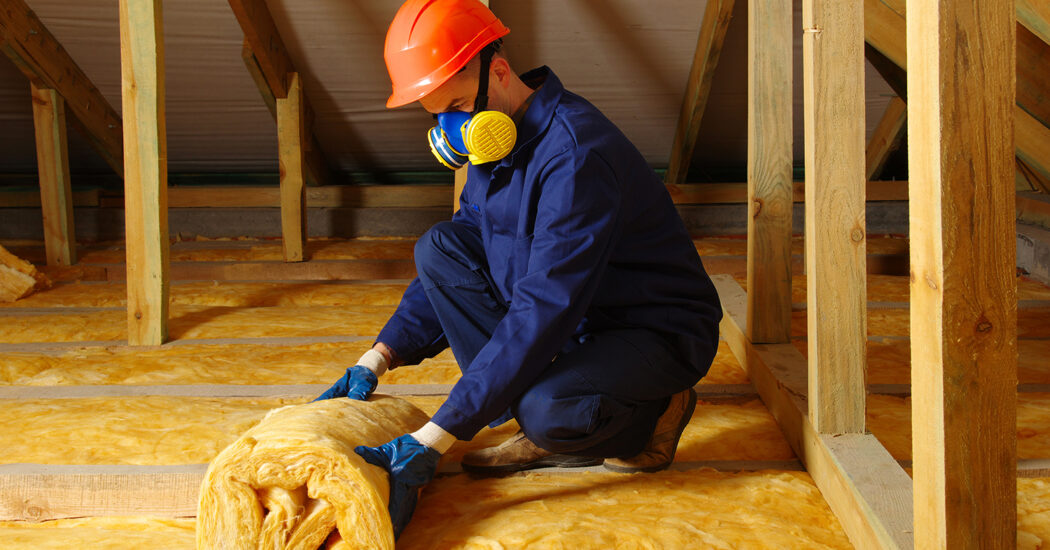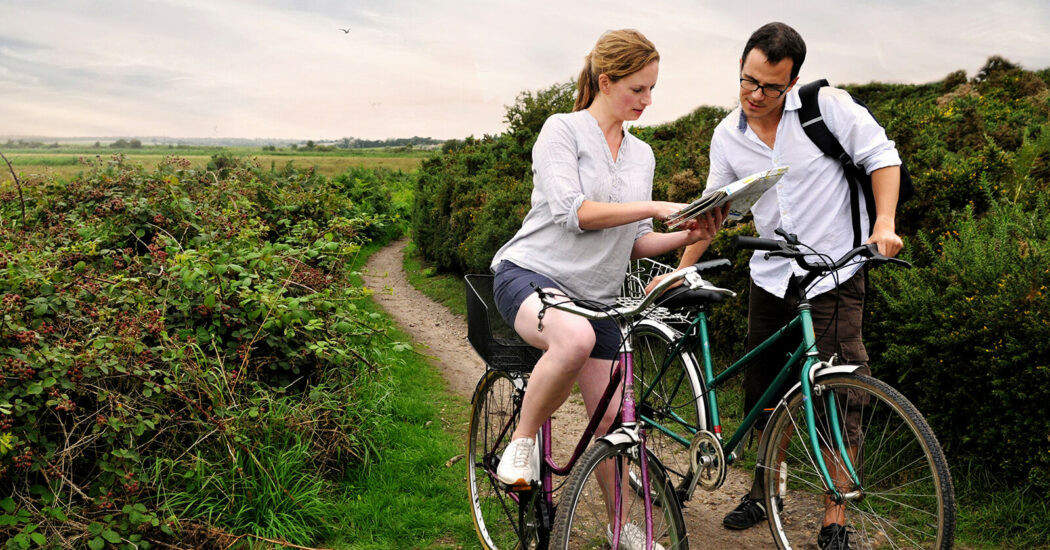As village and country property specialists, we understand the draw of the period and character property. However, older homes often woefully lack green credentials compared to their newer counterparts. The good news is that you can take plenty of steps incrementally to make your home more eco-friendly. With increasing utility bills, these changes will benefit your pocket too.
Pick renovation steps from the list below and learn how to make your house greener, bit by bit.
1. Insulation
Insulation keeps the generated heat in and the cold out. Therefore, a well-insulated house is a more eco-friendly house. Indeed, poor insulation can cause 40% heat loss.
Insulation takes two primary forms: insulating your loft and insulating cavity walls. Both are relatively low-cost renovation projects. If you have a period property, get professional advice to ensure breathability and avoid damp.
In addition, don’t overlook the importance of preventing drafts. Ensure doors and windows are well-sealed and close effectively.
2. Glazing
Next, turn your attention to the windows. Ideally, it would be best if you looked to install double or triple glazing to slow heat transfer. In addition, there are now specialist glasses which are even more energy-efficient.
With recent improvements, it’s now possible to find energy-efficient glazing that suits all properties, from striking modern schemes to in-keeping period designs.
3. Solar panels
If you intend to keep your property for some time, solar panels can be a cost-effective green investment in your home. Solar energy can heat water and generate electricity. As solar photovoltaic (PV) technology improves, you don’t even need to worry about cloudy British skies.
Solar panels are an investment, but they can go a long way to creating a green home. Other renewable heating systems include biomass boilers and ground source heat pumps.
4. Reclaim and reuse
Renovation is always on the agenda if you’ve invested in a doer-upper or have a period home. You can take a green approach to renovation projects by using reclaimed materials and reusing salvaged items. Not only is this the green approach, but it’s also an excellent way to ensure an authentic renovation. From bricks to fireplaces, think before buying new.
5. Be aware
There are many other ways to make a green choice when considering your home. Choose eco-friendly decorating and cleaning products. Ensure thermostats and heating controls are in fully-working order and regulate temperature carefully (rather than swinging between extremes). Just one degree lower temperature in your home uses 10% less energy, so small changes are powerful. Harvest and redirect rainwater from your roof to use in the washing machine, flush toilets and water your garden.
The trick with working to make your house greener is to make improvements incrementally. Especially with older properties, improvements take time. However, because older properties are typically less energy efficient, it’s easier to make significant improvements through small changes.
As awareness increases, we all want to take steps to make our homes more eco-friendly. So consider the changes that can be made in your home and go green!







